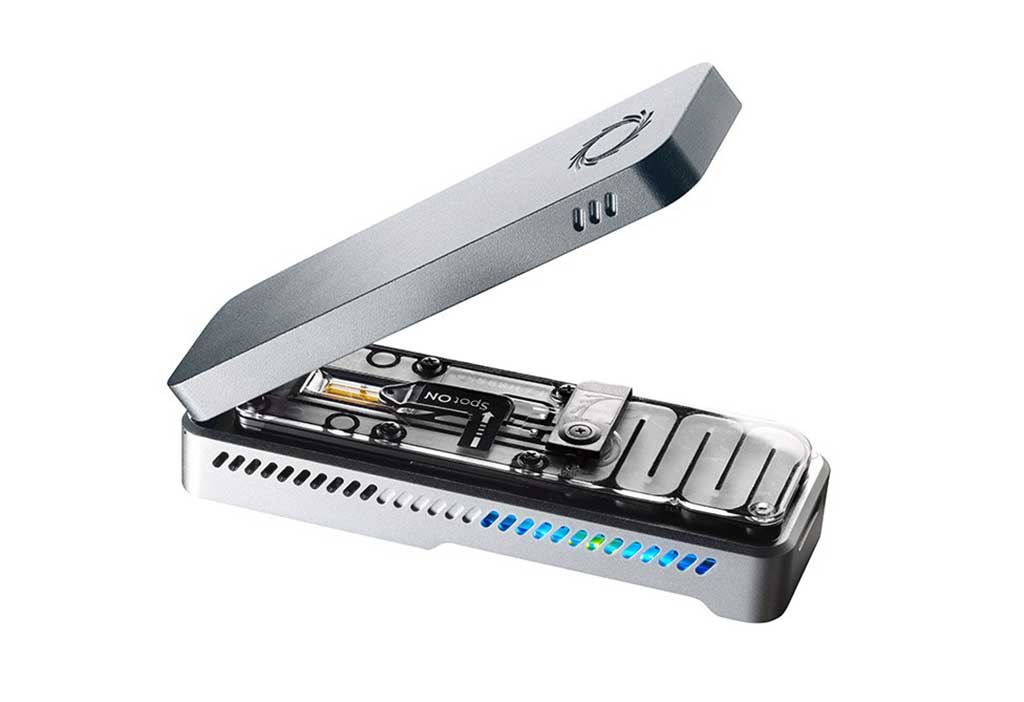Deep Throat SARS-CoV-2 Viral Load Ascertained in Saliva Samples
By LabMedica International staff writers
Posted on 06 Apr 2020
Posterior oropharyngeal saliva samples are a non-invasive specimen more acceptable to patients and health-care workers. Unlike severe acute respiratory syndrome, patients with COVID-19 had the highest viral load near presentation, which could account for the fast-spreading nature of this epidemic.Posted on 06 Apr 2020
In most studies of respiratory virus infections, serial sampling of nasopharyngeal or throat swabs is used for viral load monitoring. However, collection of nasopharyngeal or throat swab specimens can induce coughing and sneezing, which generates aerosol and is a potential health hazard for health-care workers.

Image: The Oxford Nanopore MinION device (Photo courtesy of Oxford Nanopore Technologies).
Scientists at the University of Hong Kong (Pokfulam, Hong Kong Special Administrative Region, China) and their colleagues carried out a cohort study at two hospitals in Hong Kong between January 22, 2020, and February 12, 2020. They included patients with laboratory-confirmed COVID-19. They obtained samples of blood, urine, posterior oropharyngeal saliva, and rectal swabs. Serial viral load was ascertained by reverse transcriptase quantitative PCR (RT-qPCR). Antibody levels against the SARS-CoV-2 internal nucleoprotein (NP) and surface spike protein receptor binding domain (RBD) were measured using an enzyme immune assay (EIA). Whole-genome sequencing was done to identify possible mutations arising during infection using the Oxford Nanopore MinION device (Oxford Nanopore Technologies, Oxford, UK).
The team reported that the median viral load in posterior oropharyngeal saliva or other respiratory specimens at presentation was 5.2 log10 copies per mL. Salivary viral load was highest during the first week after symptom onset and subsequently declined with time. In one patient, viral RNA was detected 25 days after symptom onset. For 16 patients with serum samples available 14 days or longer after symptom onset, rates of seropositivity were 94% for anti-NP IgG (n = 15), 88% for anti-NP IgM (n = 14), 100% for anti- surface spike protein receptor binding domain (RBD) IgG (n = 16), and 94% for anti-RBD IgM (n = 15). Anti-SARS-CoV-2-NP or anti-SARS-CoV-2-RBD IgG levels correlated with virus neutralization titer.
The authors concluded that COVID-19 is an emerging infection with many unknowns. Their study has shed light on viral kinetics and antibody response in patients and provides scientific evidence for guiding infection control policies and therapeutics. The study was published on March 23, 2020 in the journal The Lancet Infectious Diseases.
Related Links:
University of Hong Kong
Oxford Nanopore Technologies













